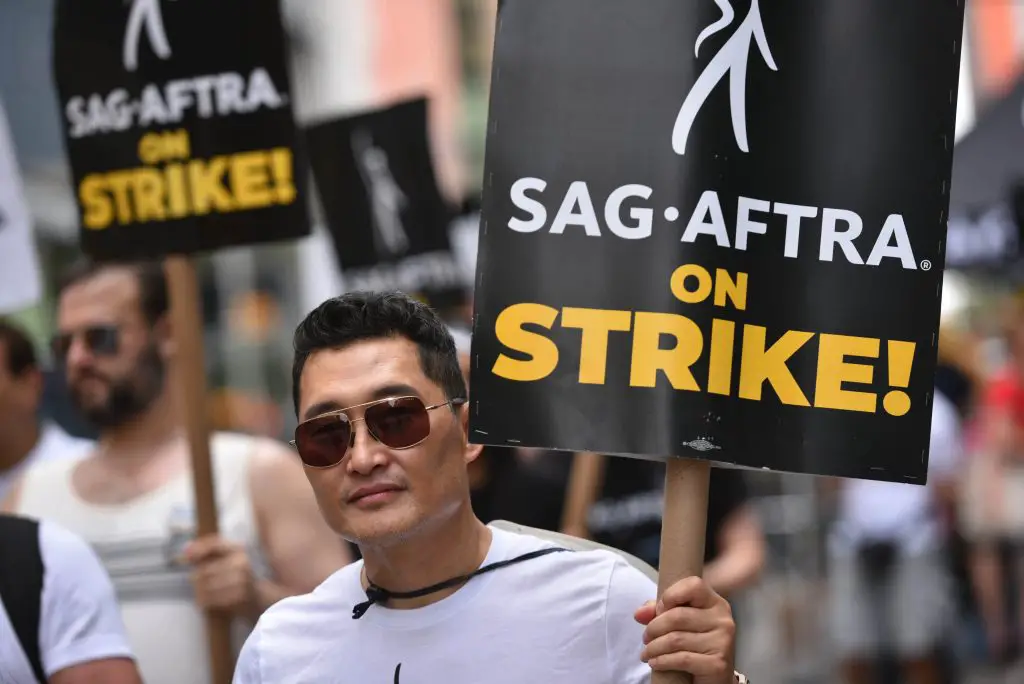The battle lines have been drawn and the fighting parties have taken their stance: the Writers Guild of America (WGA) and The Screen Actors Guild-American Federation of Television and Radio Artists (SAG-AFTRA) versus The Alliance of Motion Picture and Television Producers (AMPTP), a representative body for film and television production companies, including household names such as Paramount, Walt Disney, and Warner Bros. To those not embroiled in the industry, these might just be an array of intimidating acronyms. But the story unfolding here touches us all and is much more than a strike over employment rights and wages.
Commencing on May 2, 2023, the WGA initiated a strike, a move later echoed by the SAG-AFTRA on July 14, 2023. Initially, the WGA’s protest was primarily supported by writers. However, the gravity of the situation amplified as actors, some with resounding clout in the industry, publicly announced their solidarity.
The strike’s influence seeped into the fabric of the film industry when cast members of the eagerly awaited film Oppenheimer abandoned their attendance at the London premiere upon learning about SAG-AFTRA’s decision to join the strike. Among the prominent supporters were Cillian Murphy, Emily Blunt, and Matt Damon. This piece will dismantle common misconceptions surrounding the ongoing WGA and SAG-AFTRA strike and underscore why it’s crucial for us all.
It’s Not Just About the Money
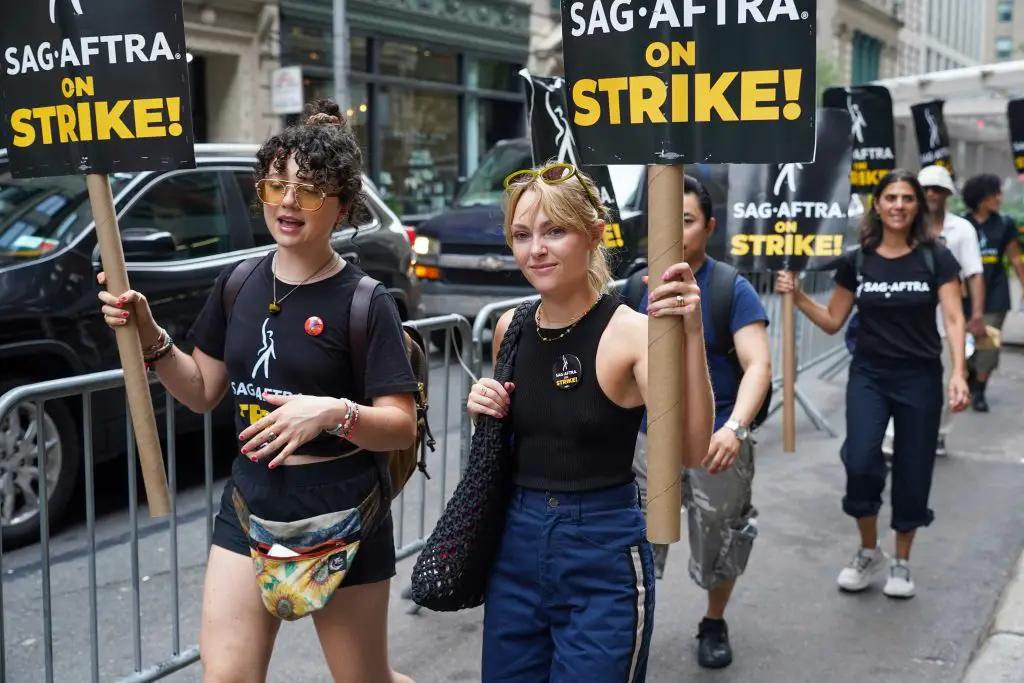
There’s a common narrative being spun around the web, pointing towards the entertainment industry’s reluctance to adapt to the streaming era as the key cause of the strike. During the golden age of reruns, residuals from re-airing of episodes provided a significant income source for actors and writers. In the streaming age, this revenue stream has evaporated, leaving many creatives struggling to make ends meet.
But it’s not merely about financial woes. The advent of artificial intelligence, with tools like ChatGPT, is raising alarm bells about the future role of creatives and the extent of control production houses can exercise over their output. Fears are sprouting among writers about being replaced by cheaper, AI alternatives. Likewise, actors have voiced concerns about their digital clones being utilized in upcoming productions. In Charlie Brooker’s sci-fi anthology series Black Mirror, episodes like “Rachel, Jack, and Ashley Too” and “Joan Is Awful” echo these very fears. While money undoubtedly plays a pivotal role in the ongoing strike, it is far from the central issue.
A Historic Recurrence of Discontent
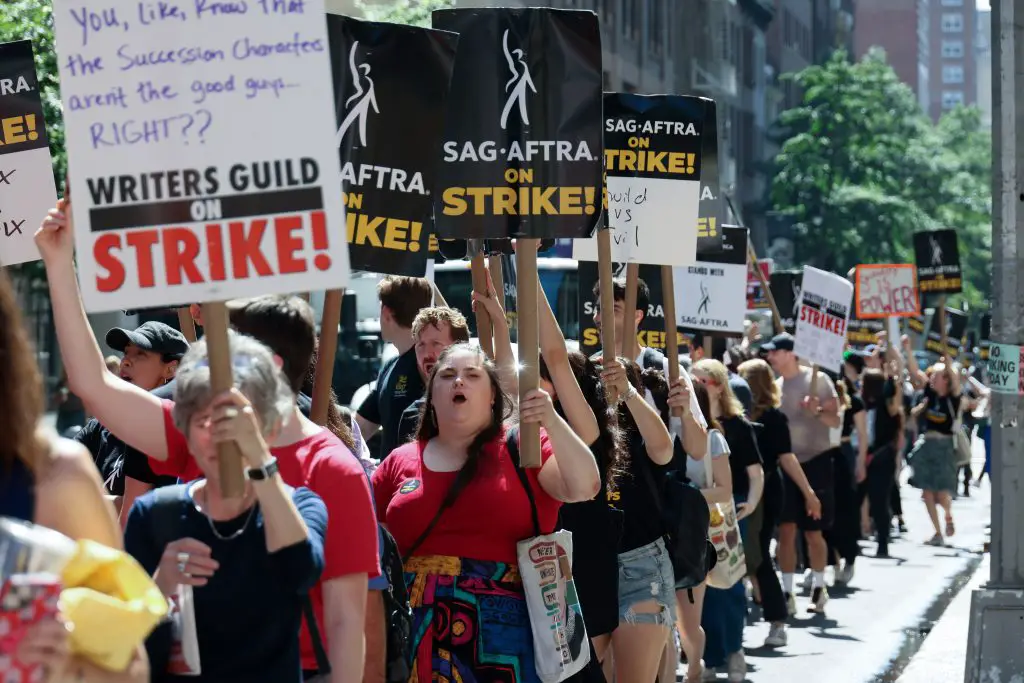
Despite the contemporary flavor of issues like AI’s role and the impact of streaming, both the WGA and SAG-AFTRA have had their fair share of grievances in the past. These issues, while centered around technological advancements and shifts in audience preferences, have been recurrent. A case in point is the WGA strike of 2007, spurred by disputes over DVD residuals and online content distribution. After three months of stalemate, an agreement was reached, but not before a surge of non-union writers took the place of striking workers, and many talk shows went into a hiatus.
The history of discontent dates back to 1960 when the industry witnessed its first joint strike. The striking issues then focused on residuals from television reruns and higher wages. Social media’s reach and support from big names like Meryl Streep and Jennifer Lawrence have lent this iteration of strike a broader scope. However, the potential replacement of writers by AI introduces a new facet to the ongoing discourse.
Impact Bih Screens
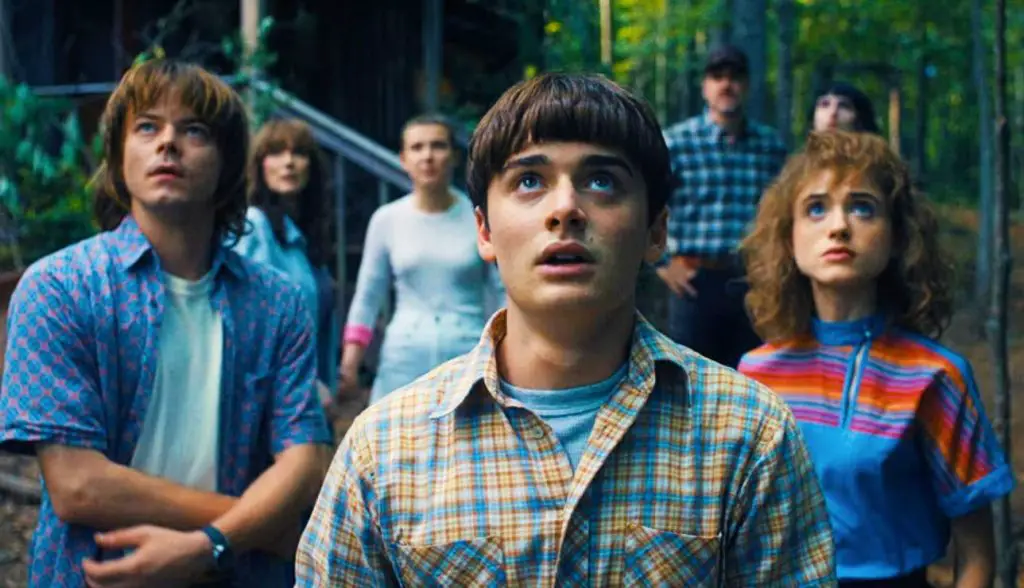
While the loudest advocates of the strike are affiliated with television and film, creatives from other industries have voiced their solidarity. Prominent authors, increasingly concerned about AI like ChatGPT’s implications on their work’s control and necessity, have thrown their weight behind the movement. Reports from Reuters suggest that there were over 200 self-published books with ChatGPT as an author or co-author by mid-February 2023. This trend infiltrated the traditional publishing sphere when a publisher acquired a book written with ChatGPT’s assistance.
Noted authors Libba Bray, Maureen Johnson, and Leigh Bardugo have expressed their support and observations about the shifting landscape. The conversation has moved beyond just film and TV and encroached upon other creative fields, resulting in an extensive crossover effect.
The Strike’s Implication for Viewers
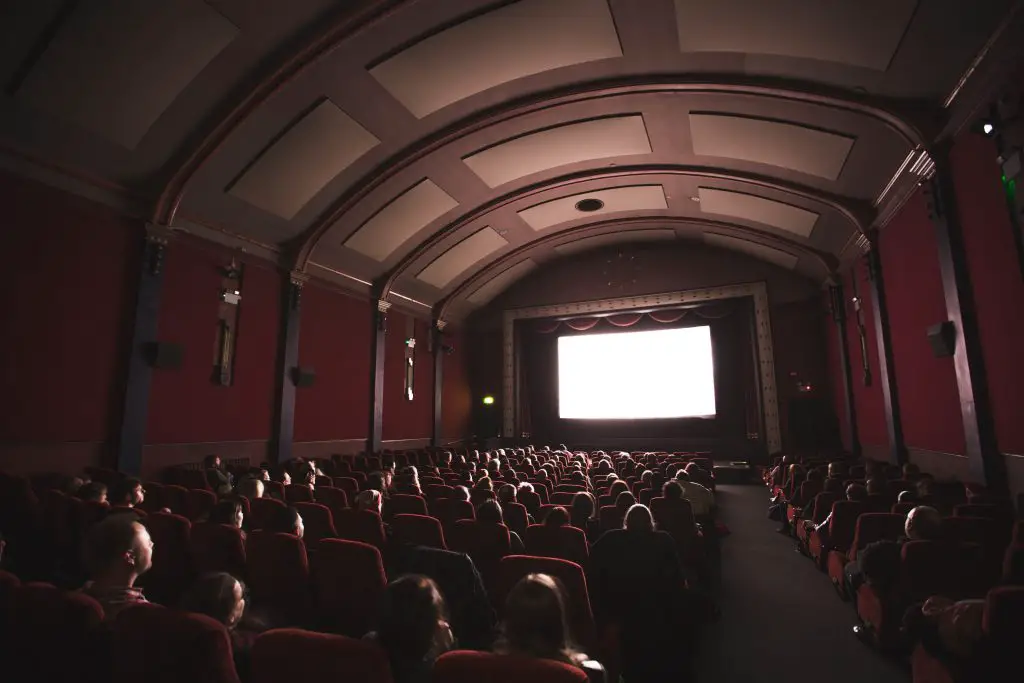
Despite the unfolding drama, a question lingers among consumers: “Why should we care?” The answer lies in the impact this strike will have on film and television production timelines, event schedules, and perhaps most significantly, the quality of content.
The strike has led to slowed or completely halted production on many film and television sets, which will inevitably result in delays in completion and release of projects. The Oppenheimer premiere’s disruption demonstrates the potential impact on promotional tours and events. The quality of the shows and movies we enjoy may also suffer. While AI can assist in creative development, it currently lacks the ability to replicate the humanity, empathy, experience, and nuance that infuse the best films and television shows.
In conclusion, the WGA and SAG-AFTRA strike has repercussions far beyond the realm of film and television. It is a poignant statement about the changing landscape of creative industries in the face of technology. The outcome of this strike will inevitably influence our interactions with the world of art, from the pages we read to the shows we binge-watch, making it a matter of interest for us all.


